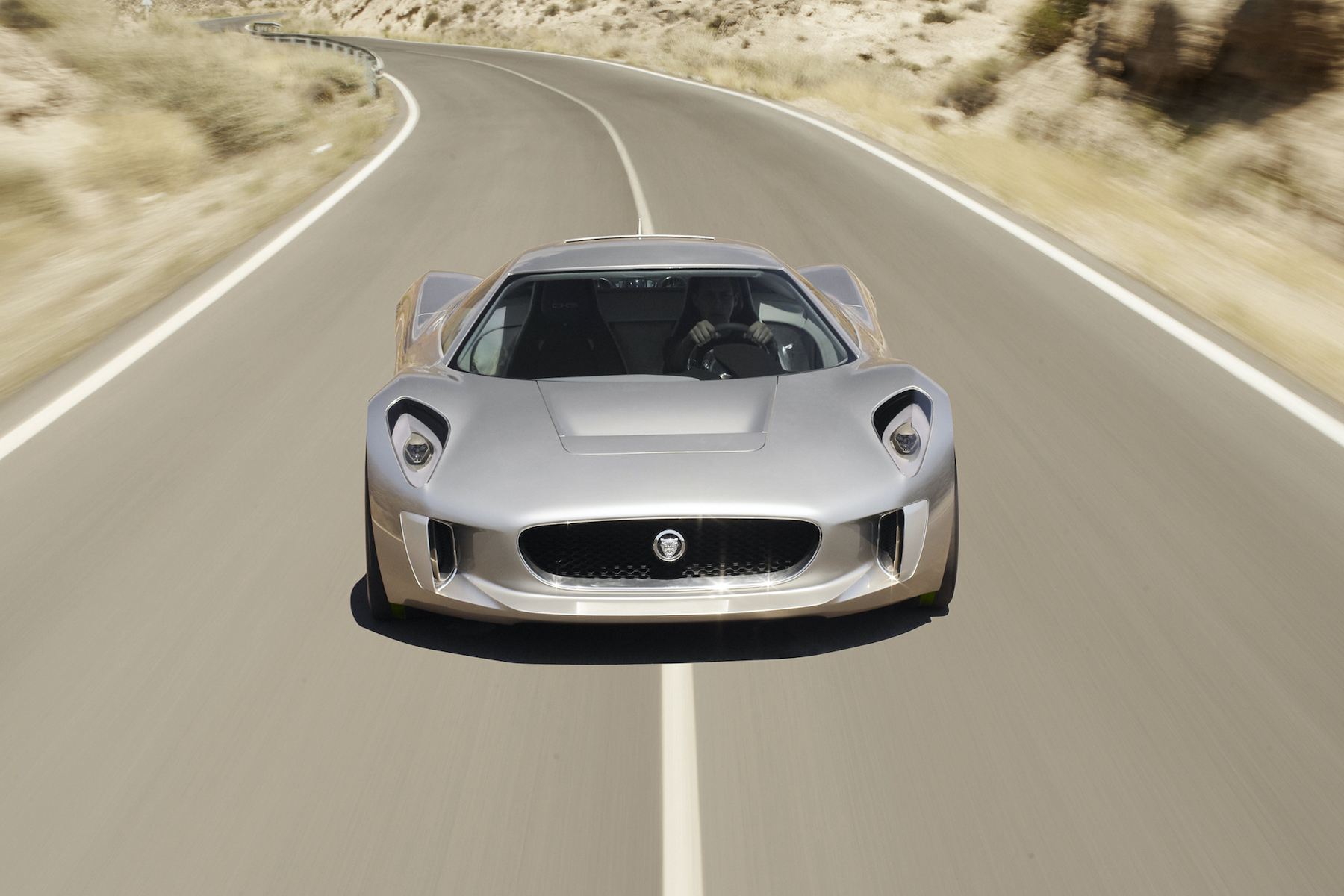Turbine Power, Swapping Pistons for Fans and Blades, Part 2
Turbo-power…!

Here we are again, with Part Two of turbine power in cars in our weekly Petrolhead Corner. Our first instalment was dedicated to the early years of the technology and the first endeavours in racing. This second and final episode picks up where the last one left off and includes some more recent cars reinventing the concept of turbine power. It faced many challenges during the early years, but perhaps new technological advancements allow for a rebirth.
STP-Paxton Turbocar – 1968
We start things off with what is probably the weirdest entry in this list, and I can imagine you think this concept is doomed from the start. There is some method to the madness behind the STP-Paxton Turbocar, and I’ll try to explain. This car was developed with only one goal in mind; compete and win during the Indy 500, the famous 500 lap race at the Indianapolis Motor Speedway in the United States.Â
Originally the idea to use a gas turbine engine for the Indy 500 was conceived by Ken Wallis and offered to Dan Gurney to jointly develop it for racing. Gurney passed, after which Ken Wallis turned to Carroll Shelby, who also passed on it. Eventually automotive performance parts manufacturer STP saw potential in the project and work was started in 1966. The concept was quite similar to the Smokey-Yunick’s 1964 Hurst Floor Shifter with the driver and engine sitting beside each other to improve weight distribution. The STP-Paxton Turbocar has the driver sitting on the right-hand side of the car and a Pratt & Whitney gas turbine engine derived from a helicopter on the left side. Other than the turbine engine, the car also used four-wheel-drive, also never seen before at the Indy 500.
The Indianapolis Motor Speedway is a very high-speed 2.5-mile-long oval, run anti-clockwise. So it kind of made sense to fit the engine on the inside side of the car to try to reduce centrifugal force. The engine produced about 550bhp and Indy car legend Parnelli Jones drove it during the 1967 Indy 500. One of the biggest challenges Parnelli Jones had to overcome was the three-second lag when flooring the throttle before anything happening. Qualifying sixth, at a four-lap-average of 166.075mph, the car would prove to be fast and ran in the lead for the majority of the race before breaking down just a few laps shy of the chequered flag. This 1960’s video summarizes the adventure nicely:
A year later a “Shelby Turbine†was entered but never raced. The car is eerily similar to the STP-Paxton Turbocar; engine and driver side by side, four-wheel drive, gas turbine engine. Power was a monstrous 1,325bhp, well over double the power of the Turbocar. The car was withdrawn after an illegal variable air-intake was discovered moments before qualifying.
Petriolicious explains the STP-Paxton Turbocar’s place in Indy 500 history.
Lotus type 56 and 56B – 1968-1971
The third Indy 500 entry, and the last, to use gas turbine power was the Lotus 56. It was technically based on the STP-Paxton Turbocar but featured a much more revolutionary body, in STP orange and STP sponsoring. The biggest change is the placement of the engine behind the driver instead of side by side. This led to major structural changes, as well as a radical new look. The car is a literal wedge, like a wedge of cheese or a wooden wedge used as a doorstop for instance.Â
The Lotus 56 revealed great potential, but tragedy struck as rising star Mike Spence was killed in a crash testing one of four built cars in preparation for the 1968 Indy 500. The team soldiered on and was rewarded with pole position for that year’s race, with drivers Graham Hill, Joe Leonard and Art Pollard lining up on the grid. Just like the STP-Paxton Turbocar it featured no gearbox or clutch, as well as using the same four-wheel-drive system and gas turbine engine.
During the race, all three cars were retired after a crash by Graham Hill and technical failures for the remaining two cars. Art Pollard was in the lead of the race with only a handful of laps to go, similar to Parnelli Jones a year earlier when a fuel pump failed. It would prove to be the only time the Lotus 56 raced at the Indy 500, but team principal Colin Chapman would develop it for contention in Formula 1.
The car evolved into the Lotus 56B and was entered in three Formula 1 Grand Prix races in 1971 with a revised body featuring front and rear wings. It made its F1 debut at the Dutch Grand Prix, held at Zandvoort, but was forced to retire after it spun off. Swedish driver Reine Wisell raced it during the British Grand Prix at Silverstone but this was a non-championship race. Emerson Fittipaldi used it for the Italian Grand Prix at Monza and finished in eighth place. In the end, the car proved too heavy and uncompetitive against the rest of the pack. Nowadays the car is a regular star during demonstration runs and events like the Goodwood Festival of Speed.Â
The story on this unusual car is detailed by DriveTribe, including the link to the STP-Paxton Turbocar.
General Motors EcoJet – 2006
The second Jay Leno-owned entry in this list, following his 1963 Chrysler Turbine, is a specially built vehicle by the former talk show host and his team of mechanics and engineers. Being a massive car guy with one of the most incredible private collections of cars, he dreamed up a concept with the help of General Motors to build a car using a turbine engine running on bio-diesel.
The development of the car took well over two-and-a-half years, but with the help of befriended designers and engineers from GM, Jay managed to build a unique looking machine with a unique power plant (mind you, road legal!); a Honeywell LT101 gas turbine engine. The goal was to make a car as environmentally friendly as possible. So it runs on bio-diesel harnessed from soy-beans, has an environmentally friendly interior upholstery, environmentally friendly paint job and more to keep the car’s carbon footprint as low as possible. The unique, handmade body is done in carbon fibre to keep the weight to a minimum.
It was completed quite a while ago but checking out the extensive video on the build shows how much engineering goes into a car in general, and in this car especially. Even though parts like suspension bits and the automatic transmission are sourced from a Chevrolet Corvette, there is a lot of craftsmanship in the rest of the build, with lots of specially designed parts. Here’s the full clip:
The engine in the General Motors Ecojet runs off of dual fuel tanks. One is filled with kerosene, to start the car, and when running at optimal temperature and pressure it switches to the bio-diesel. The engine revs up to 48,000rpm and produces 750bhp. I haven’t found any additional performance figures, but considering the fact that there’s footage of Jay blowing out a window at 135mph and soldiering on to 165mph proves the car is no slouch. Since its completion, the car has been in development ever since with small updates from time to time.Â
Jaguar C-X75 Concept – 2010-2013
At 2010 LA Auto Show, Jaguar surprised the automotive industry with its gorgeous C-X75 Concept car. A sleek, high-performance concept originally featuring two diesel-fed microturbine engines providing power to a set of batteries powering electric motors mounted in all four wheels. The car raised huge interest and public response pleaded Jaguar to develop the car for production. Initially, this was the plan because at the time Jaguar didn’t have the best reputation, nor sales figures, and this could have reignited the brand’s provenance in a big way. With almost 800bhp on tap, a theoretical top speed exceeding 330kmh, and a 0-100kmh sprint in under three seconds, it would also prove a more than capable supercar! Underneath the beautiful curvaceous body would be state-of-the-art technology to push the car’s performance. Carbon fibre diffuser, active aerofoil, speed-sensitive active suspension…
Sadly, the car’s unique engine layout wouldn’t make into production; in 2011 Jaguar announced that the limited run of 250 cars would be powered by a turbocharged petrol engine providing juice to the batteries and electric motors. Surely this was an upset in the market as that original concept was so radically different it would have been a very special car once produced. Jaguar would team up Williams Advanced Engineering (yes, the Williams behind the F1-team) to build it but it wasn’t meant to be.
The financial crisis eventually led to the cancellation of the entire project. In addition to the original concept car, five working developmental prototypes following the production specifications were built but by the end of 2012, but that was it for the C-X75. When cancelled the car’s engine would be a turbocharged straight-4 engine mated to electric motors for a combined power output 890bhp, about 100bhp more compared to the gas-turbine and electric motors set-up of the concept car.Â

Despite the car being cancelled for production, it appeared in the 24th James Bond film Spectre as one of the villain’s cars. Although a copy of the concept, the car was nothing like the original. Built on a World Rally Championship spec chassis it was fitted with a V8. The car was used in a spectacular car chase through the streets of Rome with Daniel Craig as James Bond behind the wheel of an Aston Martin DB10. Speculations about the car being produced after all proved to be false. One of the stunt cars from the movie came up for sale about a year ago, so one lucky man or woman at least owns this stunner of a car.
More information on this incredible concept car can be found on Road & Track or various other car-related websites.

















1 response
What a loss the Jaguar is. Incredibly cool and exotic in turbine form.